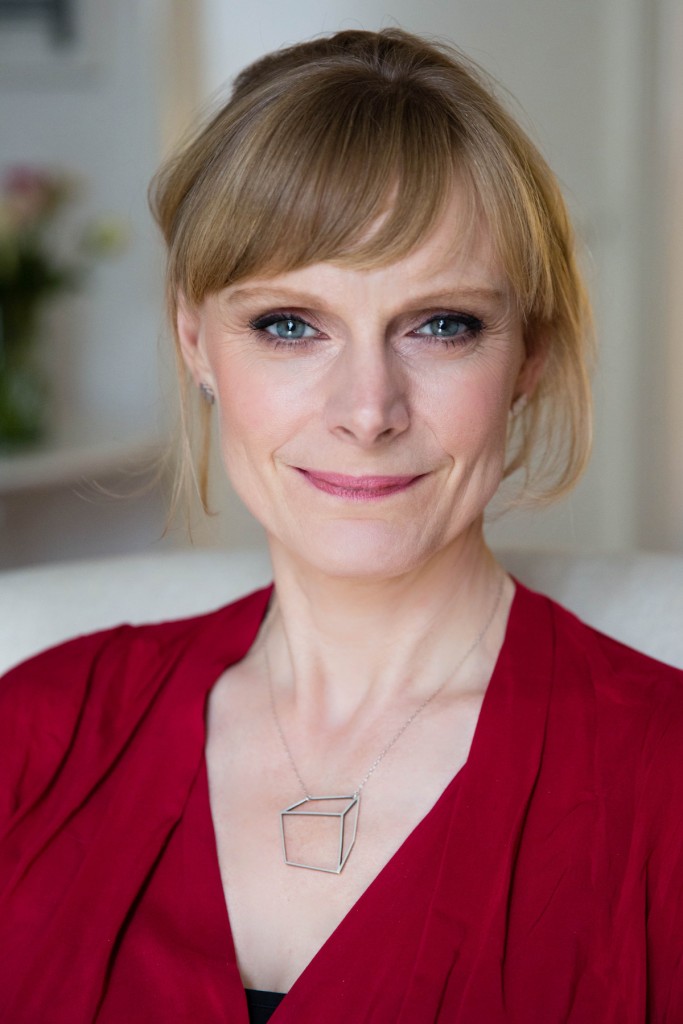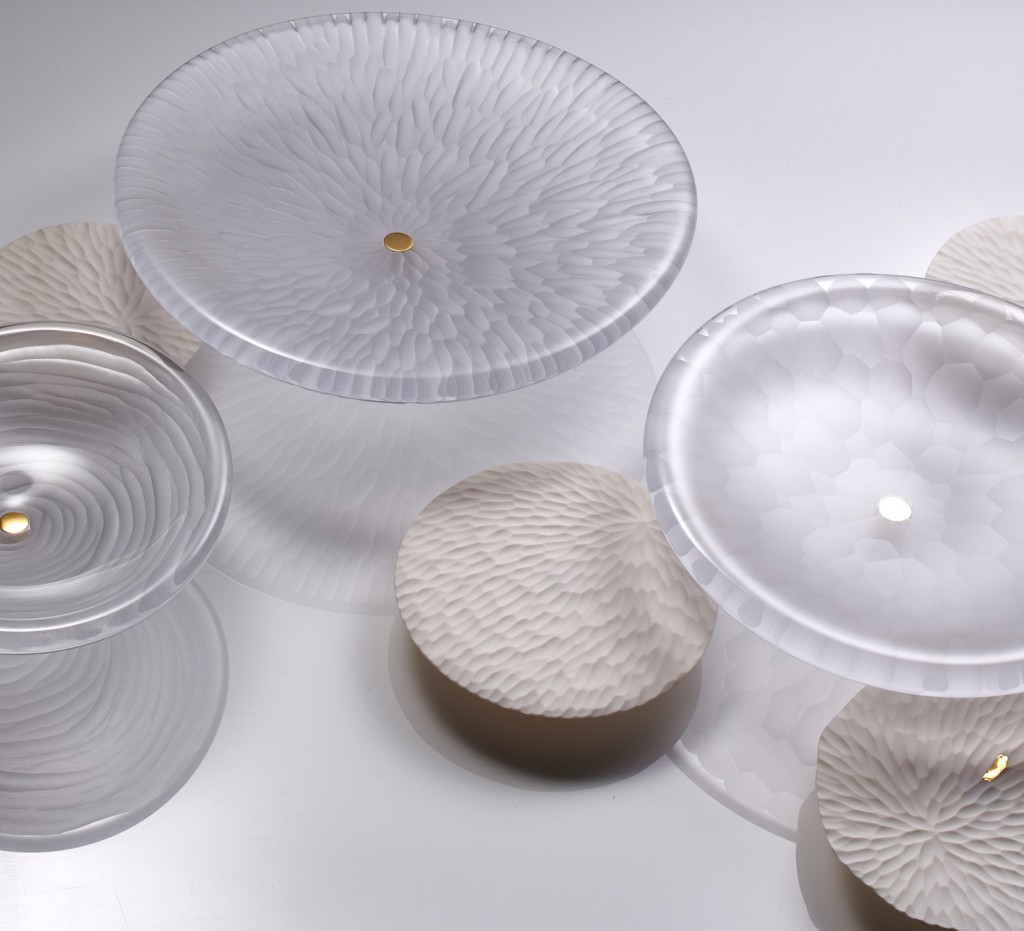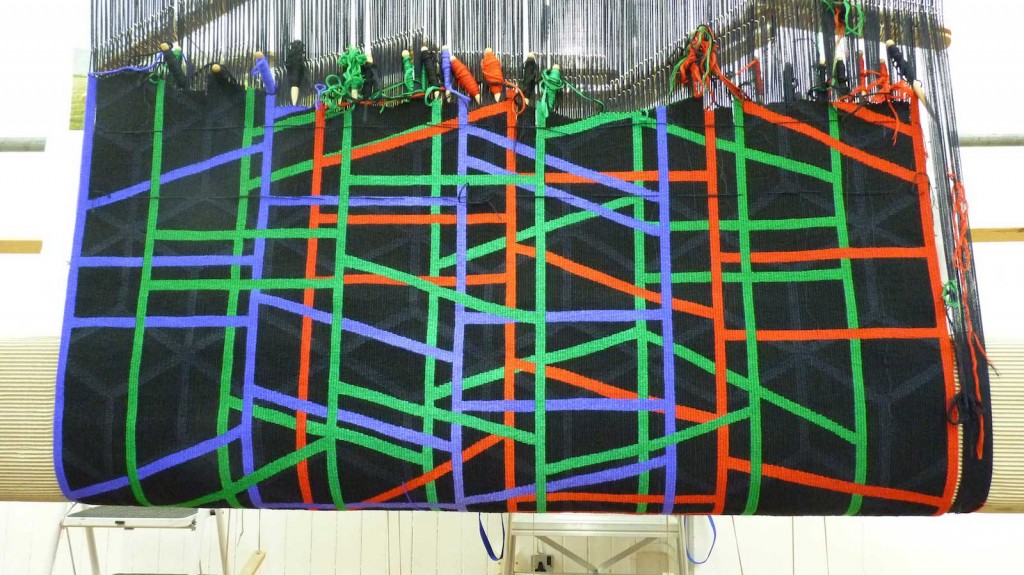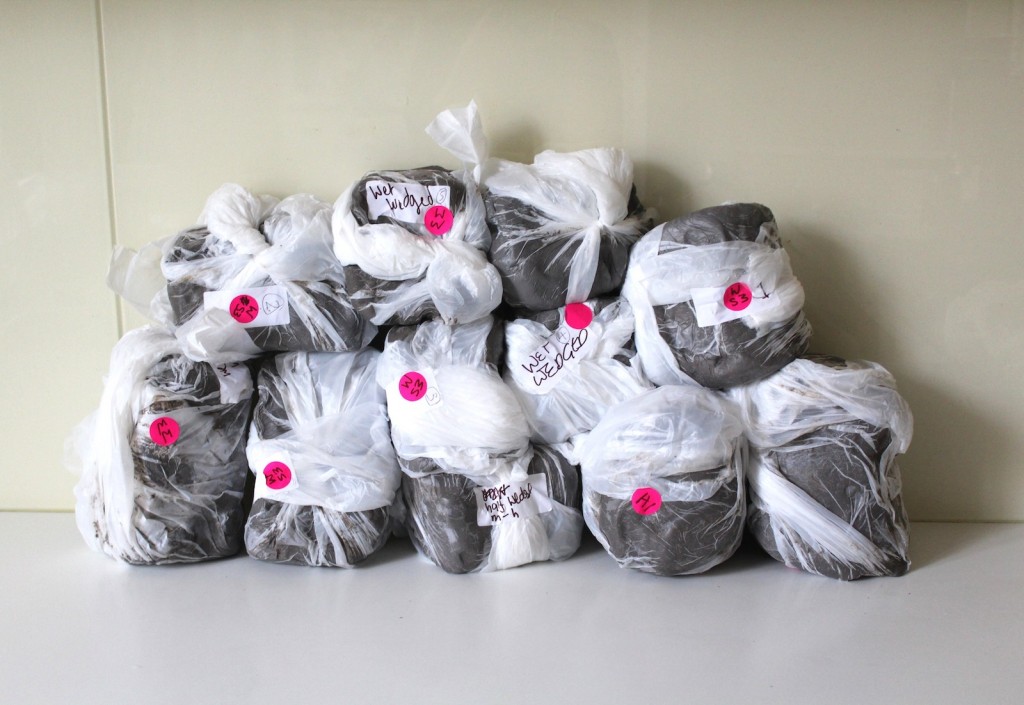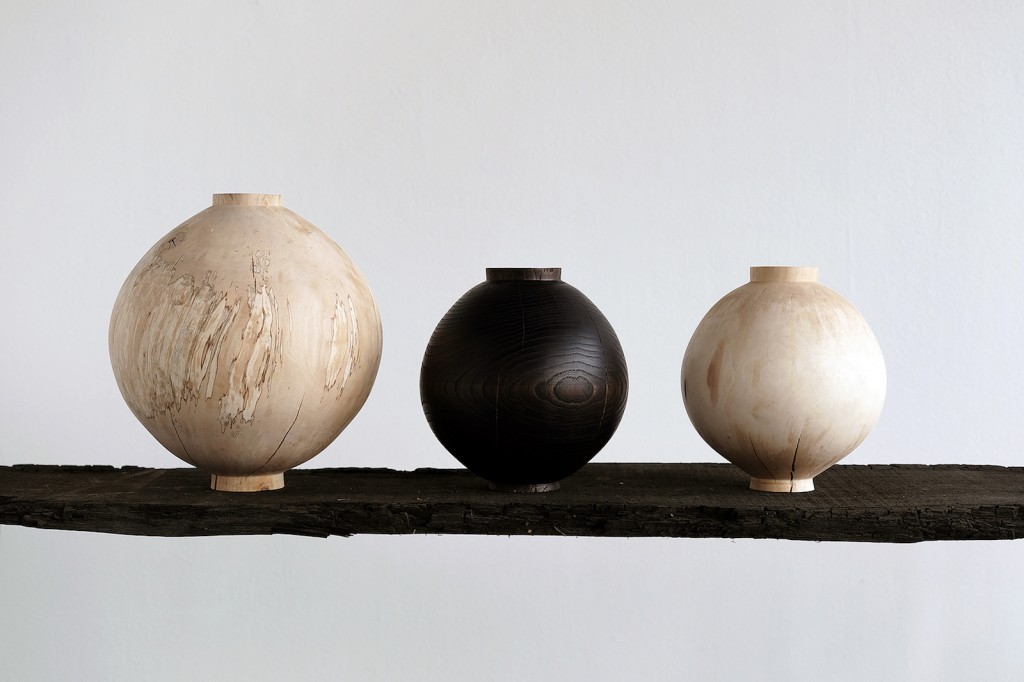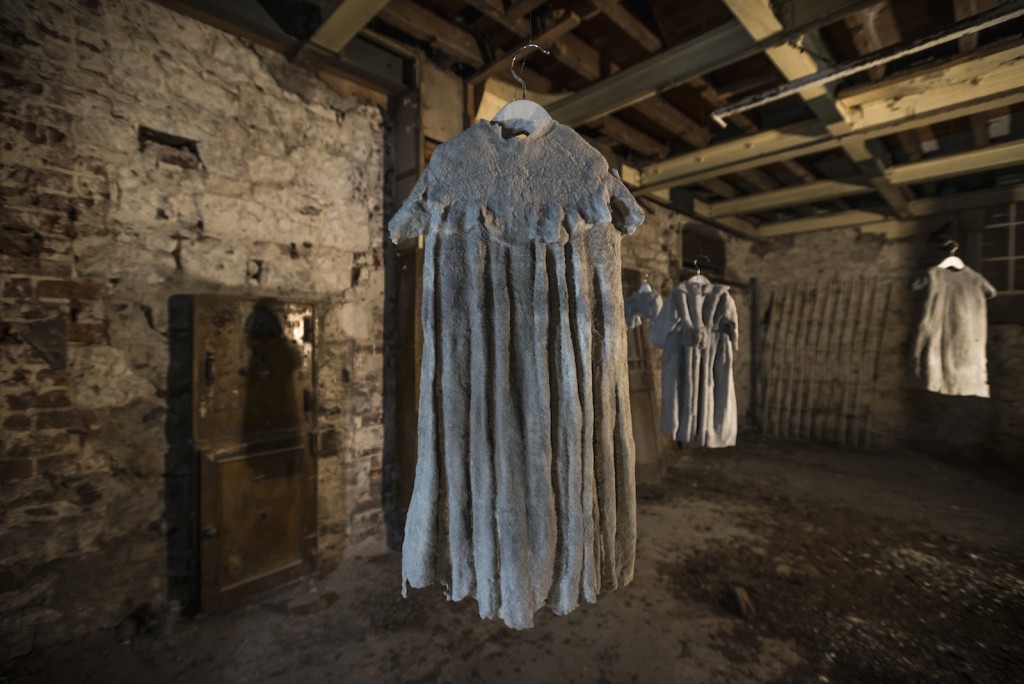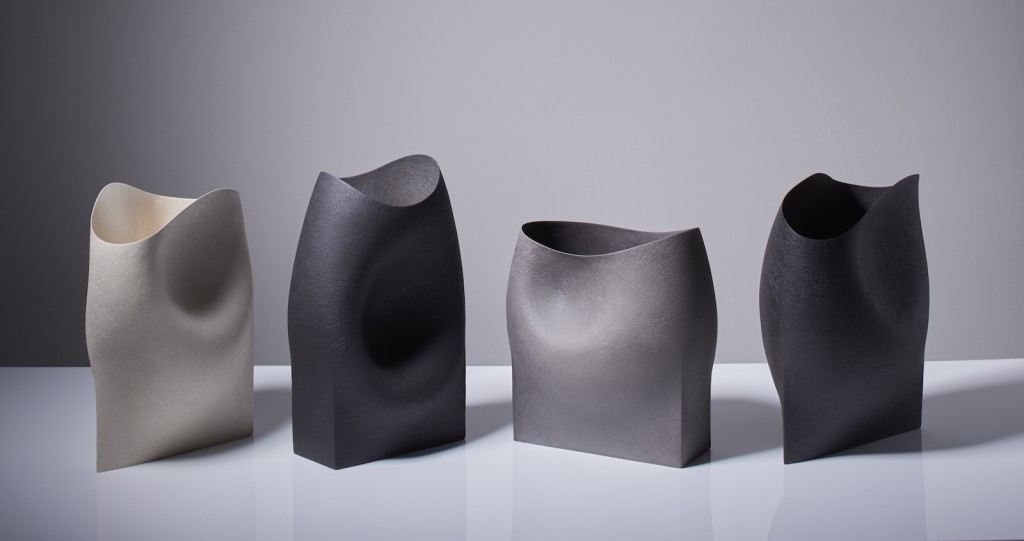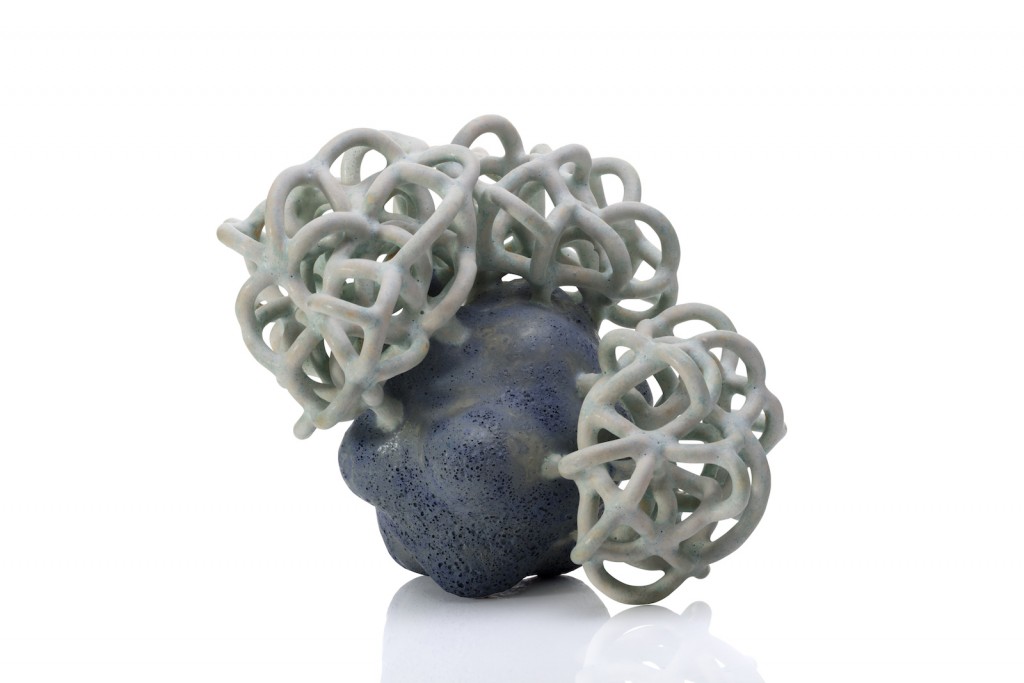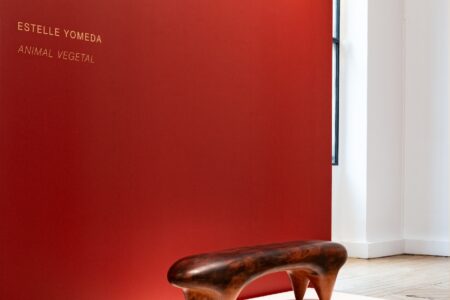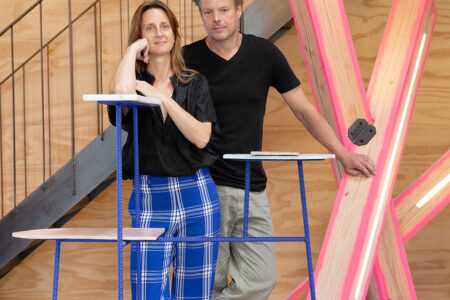
The Things to Come at Collect 2018
We spoke with Annie Warburton, the creative director of the Crafts Council, about the pieces, trends and artists to watch at this year’s International Fair for Contemporary Objects
Craft is no longer an underdog. Just ask Annie Warburton, the creative director of the Crafts Council: this year marks the fourteenth edition of Collect, the International Fair for Contemporary Objects, and each year the scene keeps reaching unthinkable heights.
Just from a quantitative point of view, the Saatchi Gallery in London is hosting more than 400 artists and designers and a representation of more than 35 galleries from four continents. From a qualitative one, the definition of collectible craft has fiercely expanded to include the political, the performative, the genres that defy categorisation.
On the eve of this edition —Collect 2018 opens tomorrow—, we spoke with Warburton about the neuroscience behind the resurgence of craft, the perdurable strength of ceramics and the Venn diagram of art, craft and design.
TLmag: Looking back to 2004, with the gift of hindsight, how do you explain the uptick in the collectible design and craft scene we’re seeing today?
Annie Warburton: Skip back 14 years and “craft” was markedly unfashionable. A confluence of factors has shifted that and brought about today’s vibrant scene. And, though I wasn’t at the Craft Council at the time, I like to think we might have been ahead of the curve back when we founded Collect.
Since the fair launched, we’ve seen a burgeoning of commercial events promoting collectible design and craft —and these have now achieved critical mass, from the well-established Design Miami to newer offerings such as Nomad, TRESOR and Collectible, each catering to a slightly different set.
Trend forecasters such as Li Edelkoort have celebrated the handmade, whilst together the intellectual heft of the likes of Richard Sennett, whose seminal book The Craftsman celebrates its tenth anniversary this year, and Glenn Adamson, who has done much to resituate craft practice, have influenced collectors to take craft seriously.
Alongside all this, ceramists such as Edmund de Waal and Grayson Perry have broken through to the fine art world —Gagosian’s solo presentation of de Waal at Frieze 2016 was a major statement— and we’re seeing the same in textiles —take Alexandra Kehayoglou, for example, or longer-established names like Sheila Hicks.
Major exhibitions in public galleries have also had an influence. Hicks, who showed at London’s Hayward in 2015 and whose major retrospective launched this month at the Pompidou, is a case in point. And there is a healthy symbiosis between public collections, such as the V&A’s or the Crafts Council’s own Collection, and private collections, helping to raise the status of contemporary craft. It’s no surprise that we welcome curators from national and international collections and private collectors to the fair each year, all looking for new work that excites them.
TLmag: One of your partners is the Loewe Foundation, and JW Anderson is saying that our digital livelihoods will make us fall ardently in love with tangible craft. What other insights related to craft do you see as a result of our current lifestyles?
AW: Craft puts us in touch with the material world we inhabit. The handmade connects us to ourselves as embodied creatures. It’s no wonder that we turn to the tactile in reaction to our hyper-virtual, digitised lives.
We’re also yearning to slow down. In neuroscientific terms, our human brains are still coded to lives lived at a slower pace in smaller communities, connected to the natural world. Something in that still calls to us —and craft responds to that call.
And we’re getting far more thoughtful about provenance. We seek out things made with consideration for natural resources and for the people making them. And we desire things made with skill, with care and with heart.
Above all, humans are storytellers and crafted objects have stories to tell.
TLmag: During the first edition of Collect, Edmund de Wall and Julian Stair were, as you’ve mentioned before, relative unknowns. Are there new names you’re excited about this year?
AW: Among the 400-plus artists showing this year, there are scores of fresh names. Introducing new artists alongside those more established is one of the hallmarks of Collect —and one we pride ourselves on. I’d watch out especially for artists shown by exhibitors new to the fair this year: SEE••DS, Mint, 50 Golborne, Cavaliero Finn and Guilded, to name just a few.
Above all, Collect Open, our annual project space for installations and works at scale, has grown a reputation as a sourcing ground for new talent and ground-breaking work. This year’s crop is particularly adventurous, using craft to take on big issues.
Look out for Alison Lowry’s pâte de verre installation paying tribute to the women confined in Ireland’s Magdalene Laundries, and Alison Cooke’s Pipeline, a site-responsive project using clay excavated from London’s future sewer, paying tribute to Victorian ceramicist Henry Doulton and engineer Joseph Bazalgette in constructing the city’s life-saving sewer system.
Collect Open is also a forum for more established artists to work in new ways. Also in the show —but by no means new names— is West Dean Tapestry Studio’s collaboration with sculptor Eva Rothschild, called The Fallow Field. It continues the artist’s explorations of the meeting points between spirituality, power, visual perception and materiality. This is one of two collaborative tapestries at Collect. The other, again featuring established names, is Gary Fabian Miller’s collaboration with Dovecot Studios, called The Ruby Embers, which translates Fabian Miller’s intense Cibachrome light works into a new medium.
TLmag: You’re displaying quite a large ceramics contingent, with creators close to our heart such as Piet Stockmans, via our sister gallery Spazio Nobile, and Japanese artist Yoichiro Kamei. Why do you think ceramics always makes up such a strong part of a craft catalogue?
AW: Yes, it’s quite a moment for ceramics and many of the presentations by this year’s exhibitors reflect that. I’m proud of the international array of ceramists being presented, and excited that Spazio Nobile will show Piet Stockmans during his studio’s thirtieth anniversary year.
Why so strong? For a start, ceramics speaks viscerally to our human past. A thumbprint in a piece of pottery over ten thousand years old is a direct, physical communication with our ancestors. At a time of increasing societal fragmentation, alienation and atomisation, it’s no surprise that artists are reinvestigating this most ancient of materials.
Then, ceramics is such a protean form. Literally so, in its metamorphic capacities and metaphorically so in its range of applications from simple, beautiful tableware to politically challenging art. It’s a medium that spans abstract forms, figurative work such as that of Clare Cureen, winner of last year’s Collect Open Award, and artists like Jesse Wine and Aaron Angell, who are entering the scene from a visual art background.
At the Crafts Council, ceramics is fired into our DNA. The very first exhibition we staged in 1972 showcased over 100 pieces of studio pottery by 10 British potters. Works from this show formed the foundation of our national Collection of contemporary craft.
The studio pottery movement is having something of a coming of age —from last year’s Tate St. Ives exhibition, That Continuous Thing, celebrating 100 years of studio ceramics to Things of Beauty Growing, the show transferring this March from the Yale Center for British Art to Cambridge’s Fitzwilliam museum. It’s this that sparked this year’s special display at Collect, Masters of British Studio Pottery. This selling show, presented in collaboration with the Fitzwilliam and galleries Oxford Ceramics, Marsden Woo and Erskine, Hall and Coe, brings together a thrilling selection of works from Lucie Rie to Julian Stair.
TLmag: Where do works like Valeria Nascimento’s, Lucy Sarneel’s and Ran Adler’s, tending more towards installation, fall in the Venn diagram of art-craft-design?
AW: Bang in the middle! Installations, alongside durational, ephemeral and performative practice, have been around for at least four decades. We’ve been tracking, collecting and presenting such work at the Crafts Council since we began —recently, for example, in our touring show of performative practice, Acts of Making.
We’re seeing a trend towards more work of this kind as the field grows in confidence and reputation. That’s why we introduced Collect Spotlights last year: to give an opportunity for selected galleries to create immersive exhibits alongside their main presentations. It’s intriguing to see how they’ve responded —always, I might add, in gloriously unexpected ways. The experiment worked well last year, and we went on to take works such as David Gates’ and Helen Carnac’s collaboration, shown at Sarah Myerscough’s Spotlight at Collect 2017, to Form + Motion, the British Pavilion we curated for last year’s Cheongju Biennale.
TLmag: For us, Tessa Eastman’s Sea Mint Baby is the piece we can’t get enough of, in terms of sheer, unbridled visual enjoyment. Are there pieces like that for you in this year’s roster?
AW: I agree with you on Tessa Eastman. Her work’s an otherworldly joy. She’s one of a crop of talented ceramists garnering serious attention —not least from the Young Masters Maylis Grand Ceramics Prize, run by exhibitor Cynthia Corbett— who are showing this year at Collect.
But as a judge of the Collect Awards, alongside journalist and curator Corinne Julius and writer and cultural commentator Ekow Eshun, it’d be unfair of me to pick out any favourites before we make our selection. You’ll just have to wait and see!
Collect, held in London’s Saatchi Gallery, is open to visitors from February 22-25
